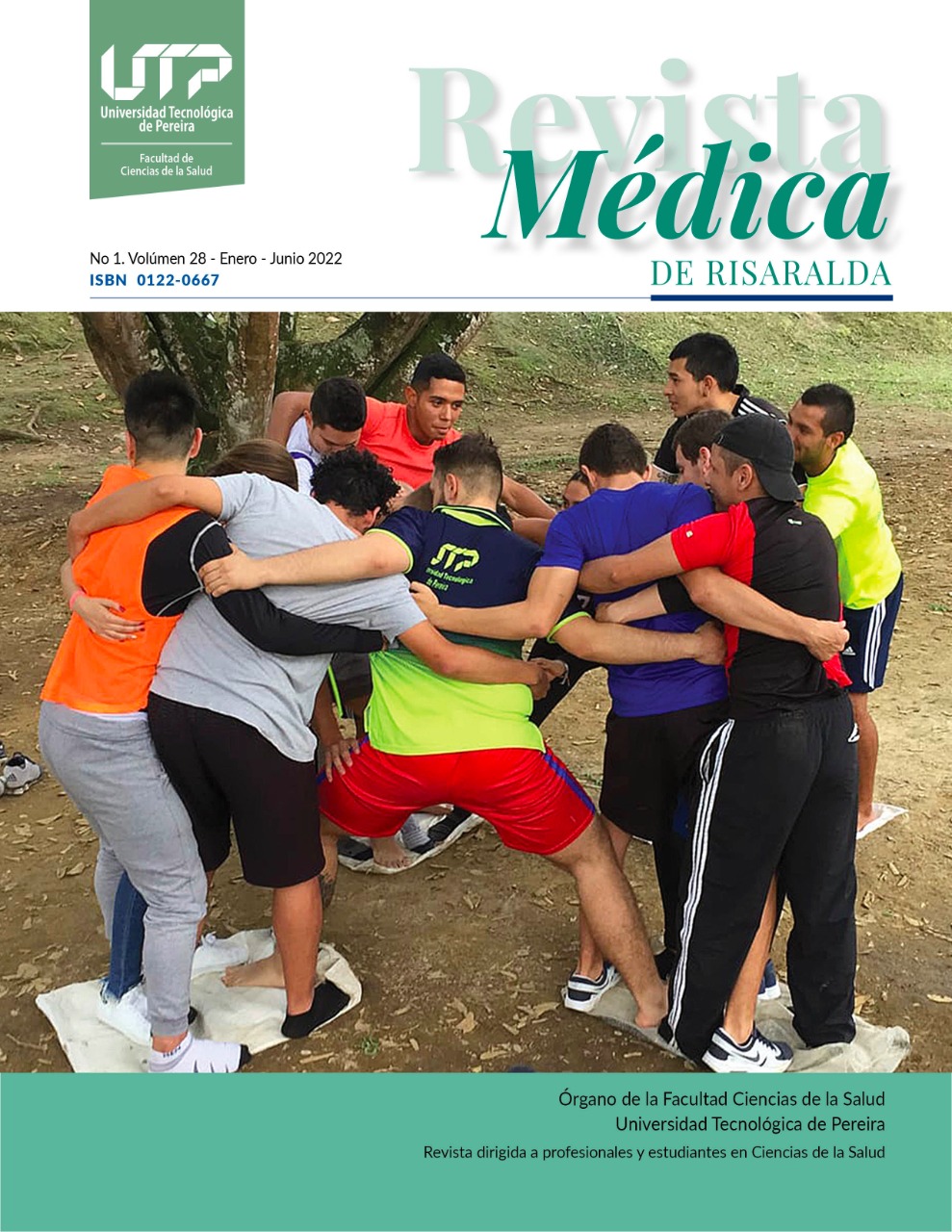Efficacy and tolerability of Nitazoxanide for intestinal parasitism in schoolchildren treated at the Health Center of the University of Quindío
DOI:
https://doi.org/10.22517/25395203.24955Keywords:
Nitazoxanide, Giardiasis, Blastocystis, Efficacy, TolerabilityAbstract
Objective: To describe the effectiveness of the intestinal antiparasitic treatment given to children ranging between 4 and 9 years old that were attended in the Health Center of the University of Quindío in the period of July 2017 and March 2018.
Materials and methods: Prospective observational study. Data were extracted from medical records of patients with an age range of 4 to 9 years, who consulted at the Health Center of the University of Quindío and were diagnosed through coprological tests with Blastocystis and Giardiasis. The clinical records were selected by whose treatment was done with Nitazoxanide or Albendazole with coprological results of post-treatment check-up. Descriptive statistics are presented along with percentage of efficacy and tolerability.
Results: From 15 children treated with Nitazoxanide, 10 responded to the treatment, who presented no parasites in the coprological check-up. The remaining population presented some type of parasitic infection (n = 5). With an efficiency of 83,3% (IC95% 32 – 82%) in blastocystis, and 57,1% (IC95% 32 – 82%) in giardiasis.
Conclusion: Percentage results similar to those reported in the literature were evidenced, being more effective in blastocystis than in giardiasis.
Downloads
Downloads
-
Vistas(Views): 1282
- PDF (Español (España)) Descargas(Downloads): 517
Published
Versions
- 2022-09-17 (6)
- 2022-09-14 (5)
- 2022-08-24 (4)
- 2022-06-30 (3)
- 2022-06-25 (2)
- 2022-02-14 (1)
How to Cite
Issue
Section
License
Cesión de derechos y tratamiento de datos
La aceptación de un artículo para su publicación en la Revista Médica de Risaralda implica la cesión de los derechos de impresión y reproducción, por cualquier forma y medio, del autor a favor de Facultad de Ciencias de la Salud de la Universidad Tecnológica de Pereira. 1995-2018. Todos los derechos reservados ®
por parte de los autores para obtener el permiso de reproducción de sus contribuciones. La reproducción total o parcial de los trabajos aparecidos en la Revista Médica de Risaralda, debe hacerse citando la procedencia, en caso contrario, se viola los derechos reservados.
Asimismo, se entiende que los conceptos y opiniones expresados en cada trabajo son de la exclusiva responsabilidad del autor, sin responsabilizarse ni solidarizarse, necesariamente, ni la redacción, ni la editorial.
Es responsabilidad de los autores poder proporcionar a los lectores interesados copias de los datos en bruto, manuales de procedimiento, puntuaciones y, en general, material experimental relevante.
Asimismo, la Dirección de la revista garantiza el adecuado tratamiento de los datos de carácter personal



